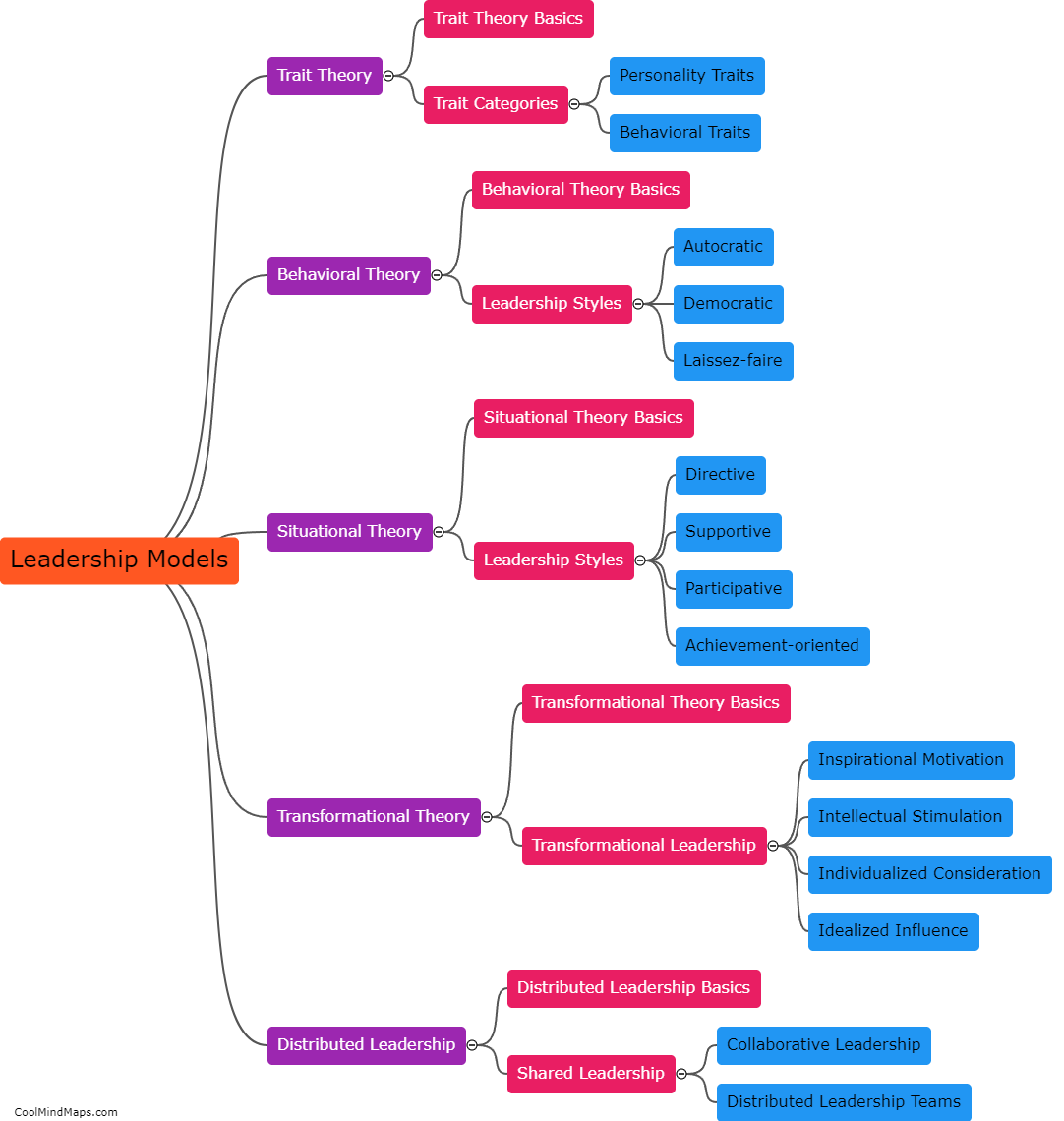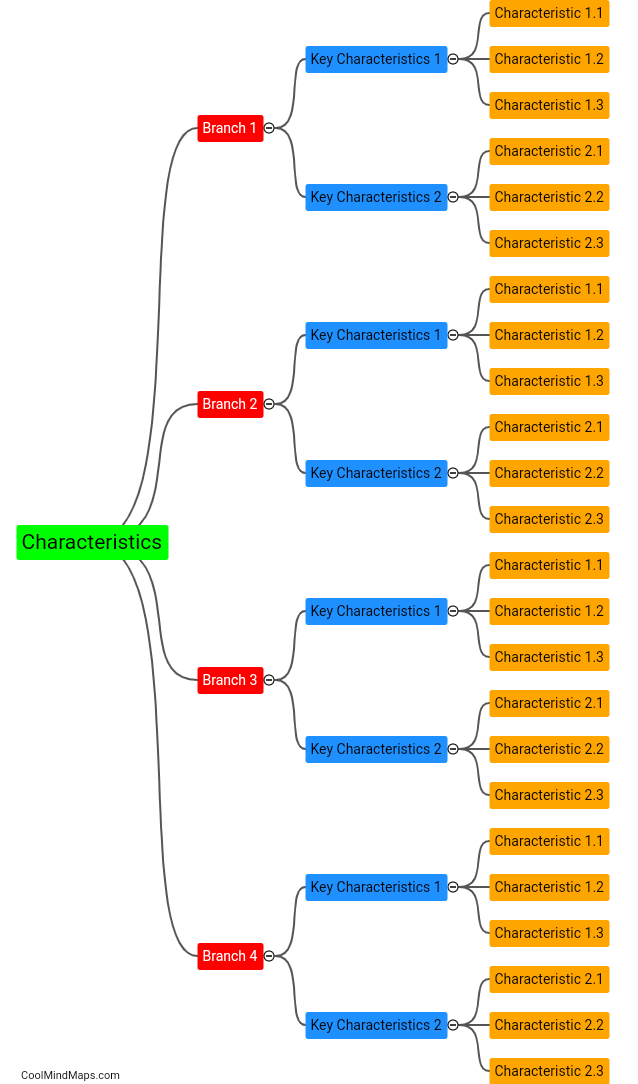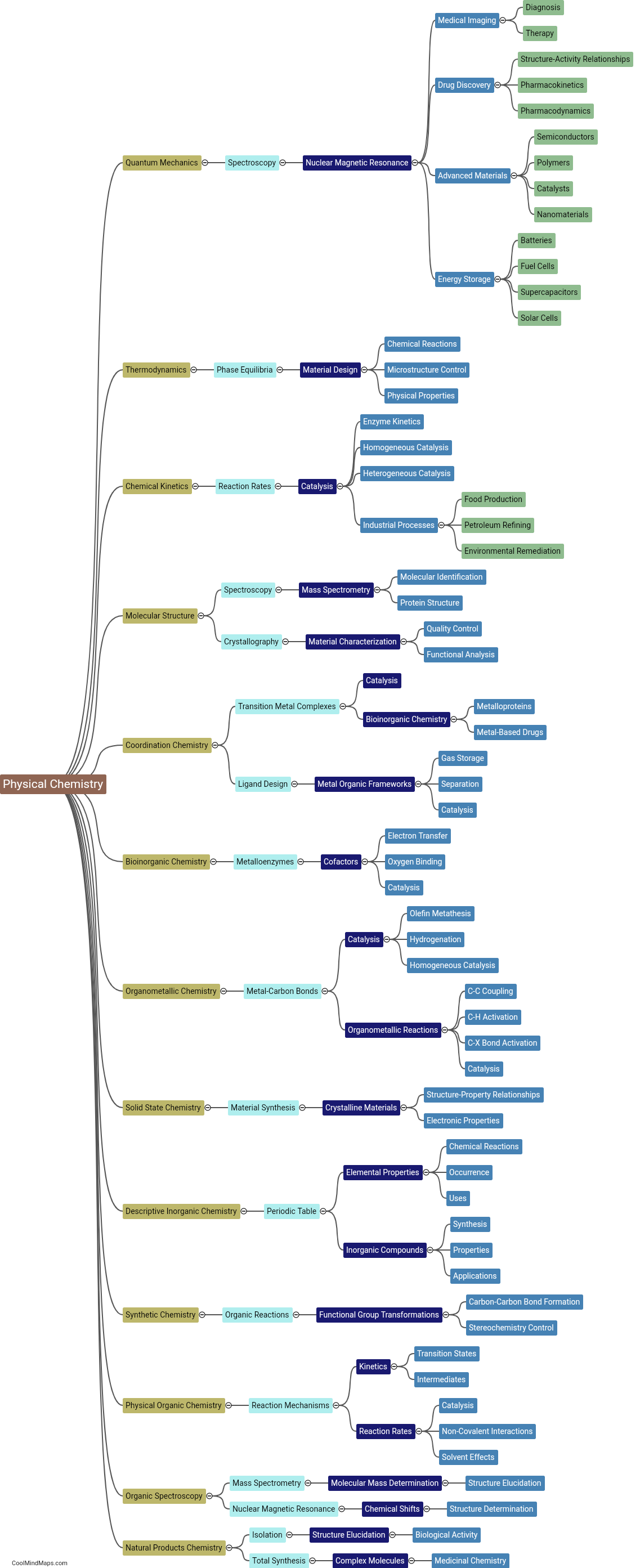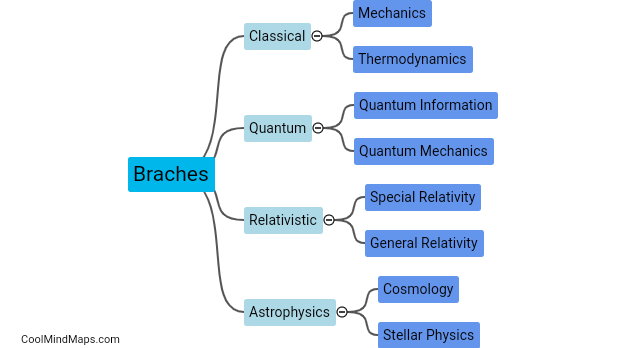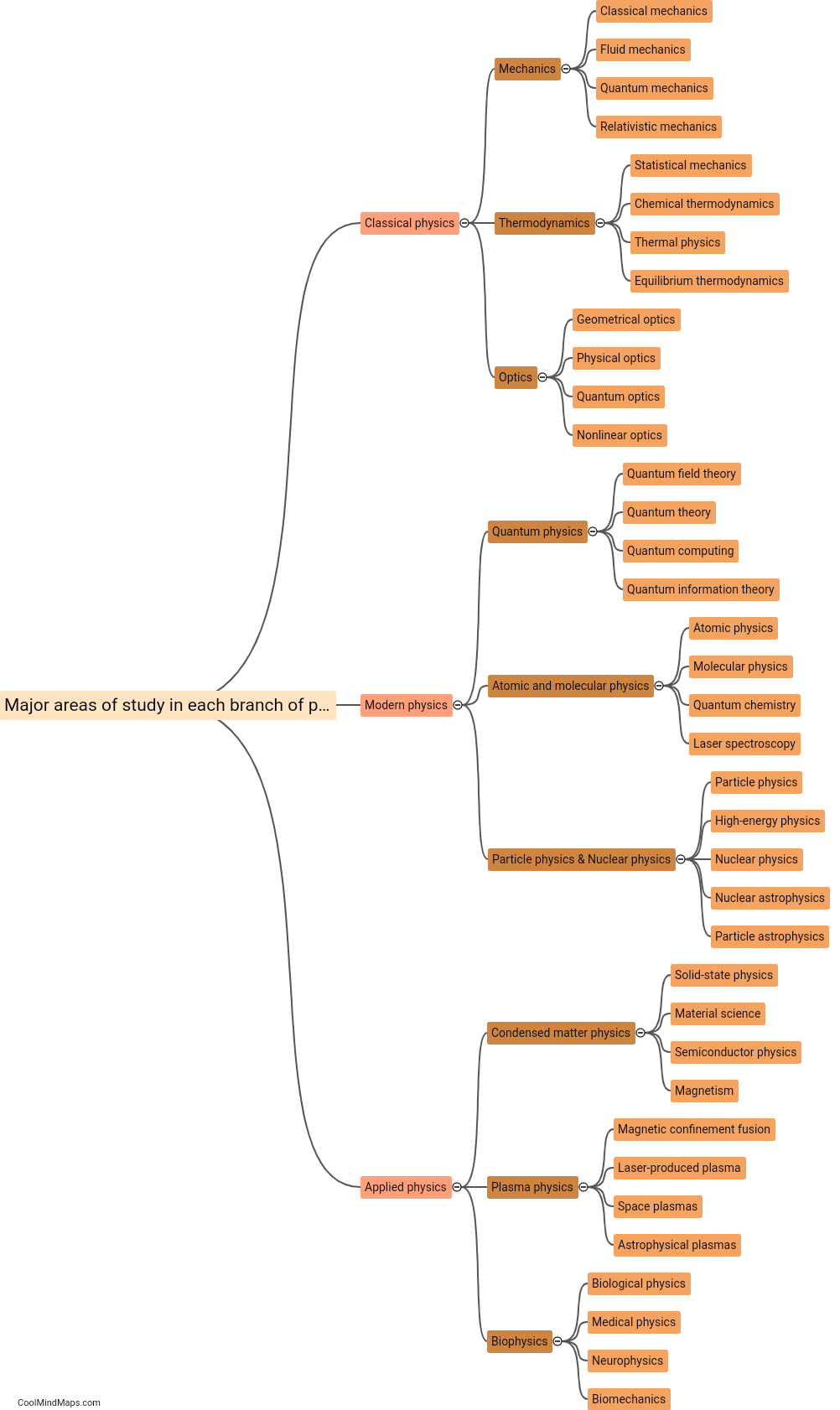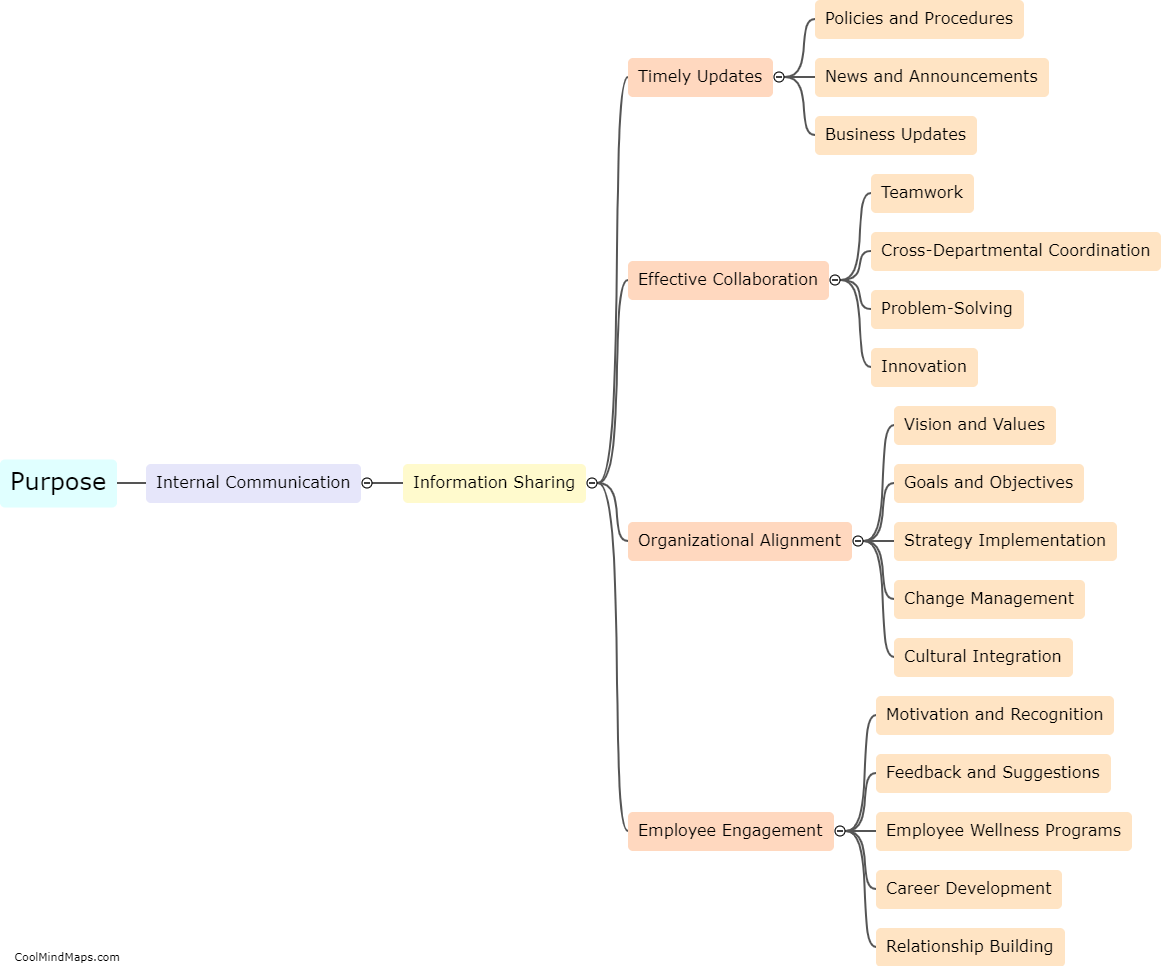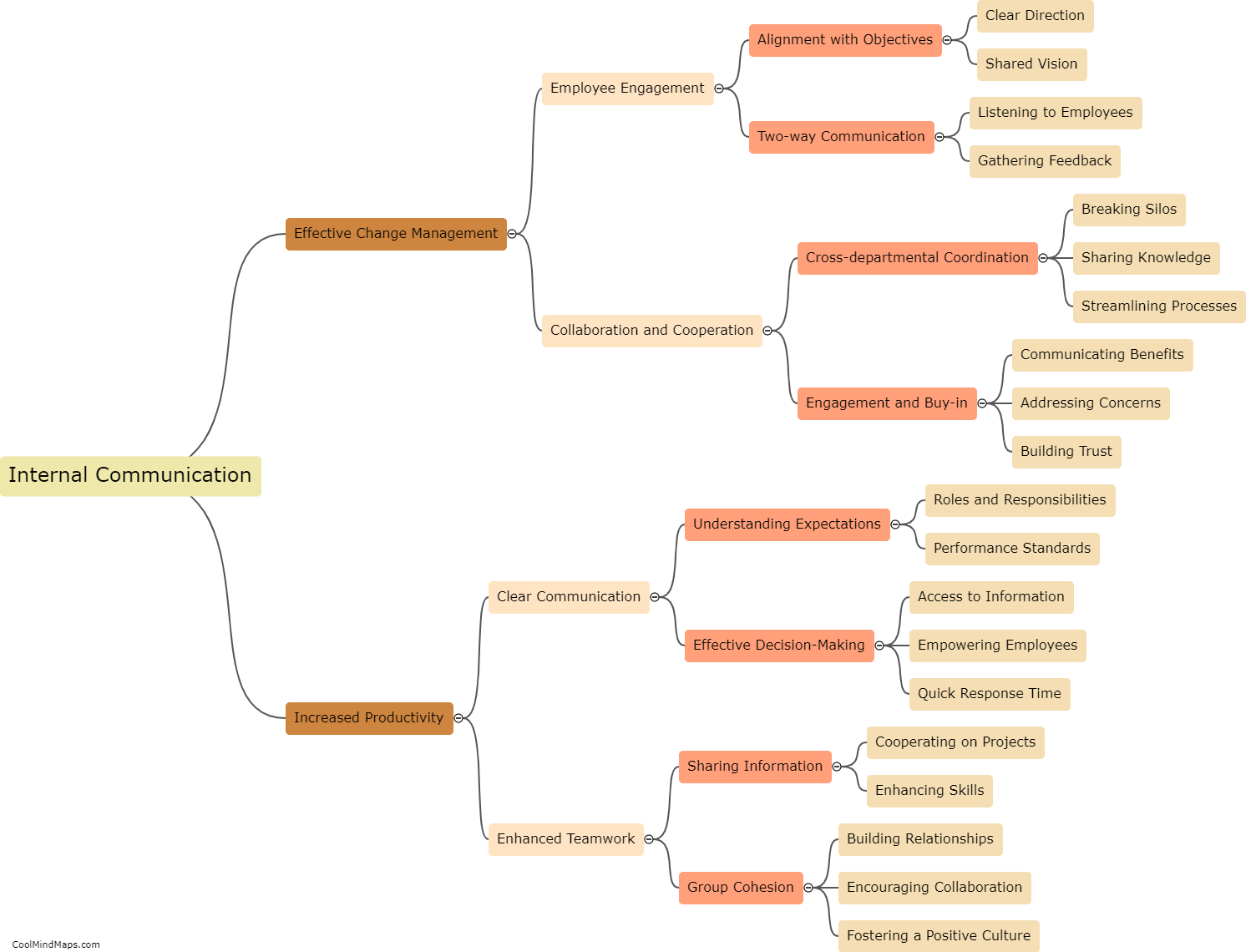How do the branches of physics interrelate and overlap?
The branches of physics interrelate and overlap in various ways, contributing to a comprehensive understanding of the physical world. For instance, classical mechanics and thermodynamics form the foundation of many other branches, such as electromagnetism and quantum mechanics. These branches, in turn, provide insight into the behavior of matter and energy at both the macroscopic and microscopic levels. Similarly, the study of particle physics and cosmology helps us explore the fundamental building blocks of the universe and its origins. Additionally, the principles of optics are applied in fields like astrophysics and medical imaging. The interplay between these branches allows physicists to uncover connections and develop theories that explain phenomena across multiple disciplines, fostering a holistic approach to scientific inquiry.
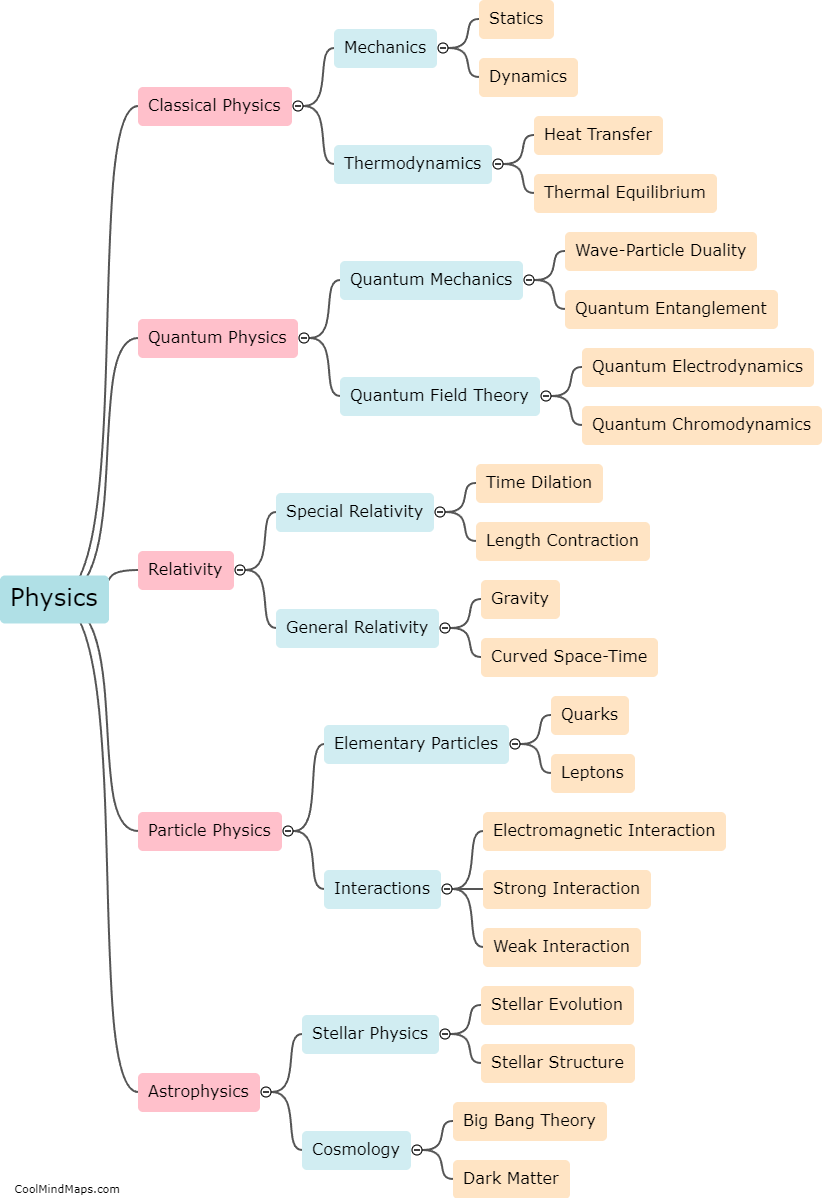
This mind map was published on 30 July 2023 and has been viewed 130 times.
